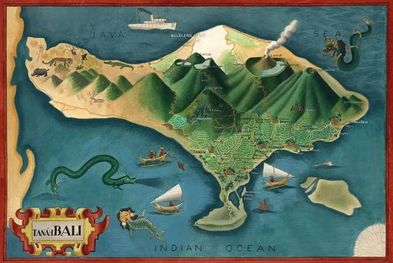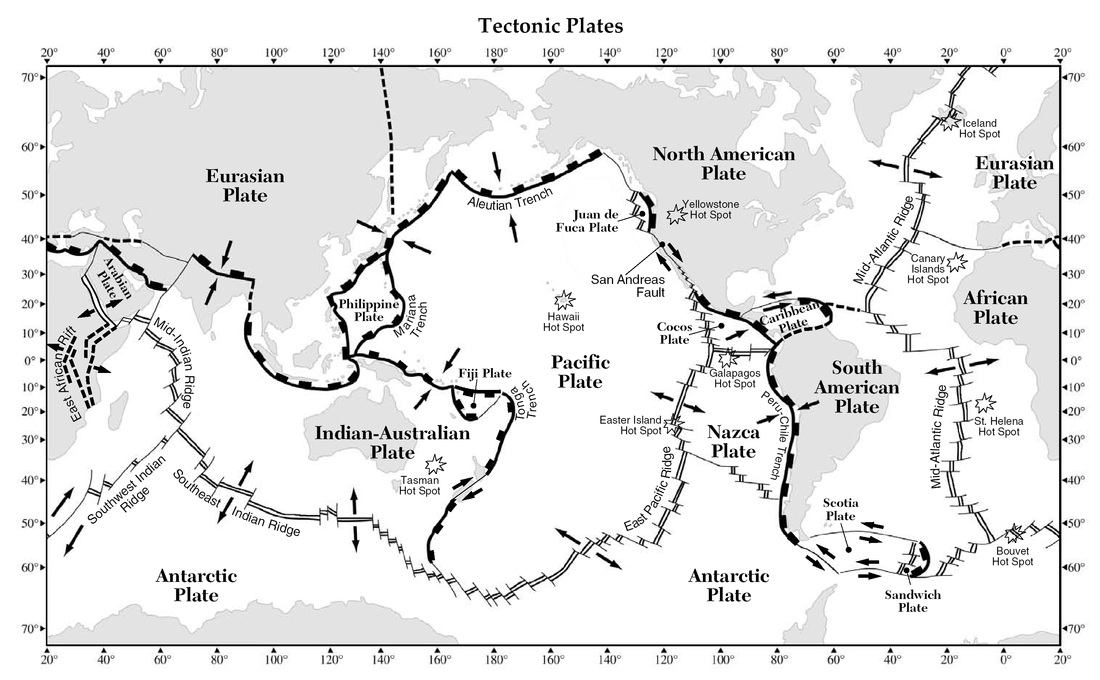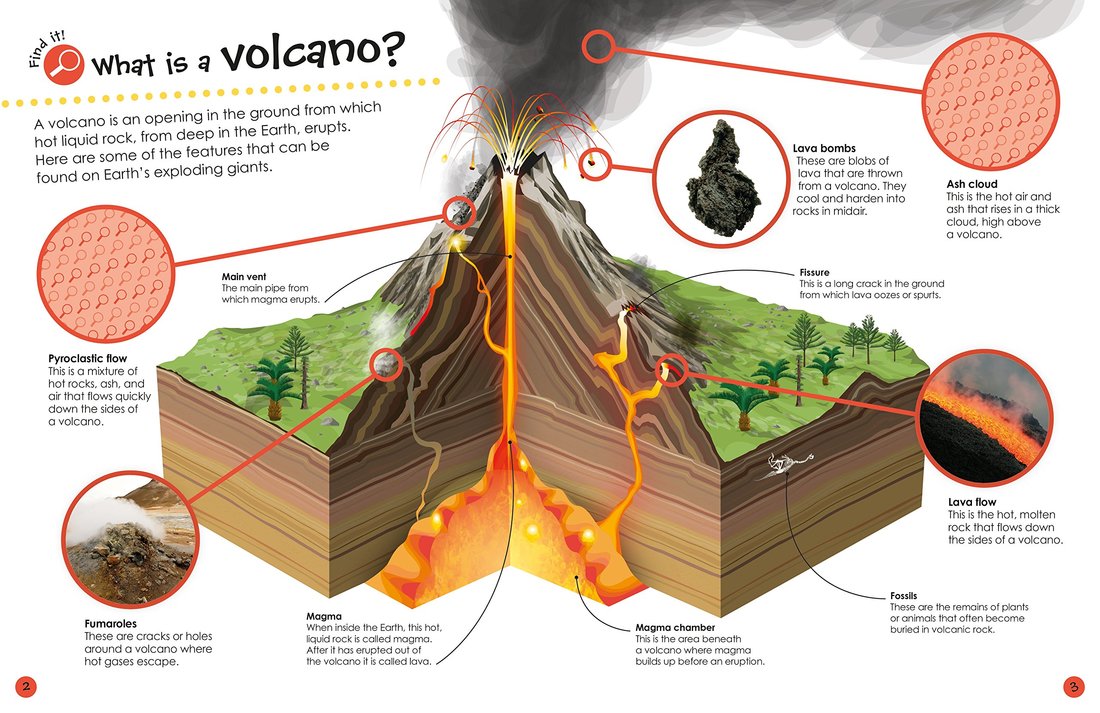Please help keep the Geographer Online a FREE resource
Lesson 1: Introduction to Plate Tectonics

Watch the YouTube below for an introduction into what we will be studying in this unit.

Using the Tectonic Outline map, create a cover page with drawing of volcanoes and hazards. Try to place some named examples as accurately as you can. However, this is a cover page and I want you to be creative and imaginative. I will give credits to the best designed pages.
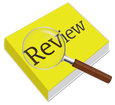
Review class cover pages and vote for best one in class. Why do you like it?
Lesson 2: The Earths Structure

- To understand what the centre of our earth is like
- To be able to explain how tectonic plates move

Take a journey to the centre of our planet.
|
|
|

Complete the worksheet on the structure of the earth and make some notes using the PowerPoint
|
| ||||||||||||
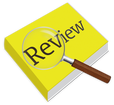
Complete the Quiz at the end of the PowerPoint - Knowledge Review
Lesson 3: Plate Boundaries

- To understand what are plate boundaries
- To be able to explain and draw the three different types of boundaries

Explore how the surface of our Earth has changed. Why do you think this has happened? What caused it?

Using the A3 hand out draw diagrams explaining all the different types of plate boundaries and also complete the explanation with the missing words
| Plate boundaries worksheet | |
| File Size: | 50 kb |
| File Type: | doc |
|
|
|
|
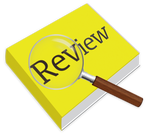
What plate tectonic features can you identify from the following short cartoon?
Lesson 4: Volcanoes

- To explore what volcanoes are.
- To understand why they are dangerous.
- To be able to to create a case study on a volcano.

After watching the YouTube make a list of as many dangers that you think can be caused by a volcano.
|
|
|
Case Study: Mt St Helens
|
Explain to the students how to create a case study:
Laptops will be needed for this lesson! |
|
Lesson 5: Earthquakes

- To explore effects of earthquakes.
- To understand the impacts of earthquakes.
- To be able to refer to a real earthquake and explain what happened.

Watch the following video and make some notes on how we record earthquake and what is the Richter Scale.
|
|
|

Watch the documentary below and make notes on the types of hazards that can be caused by earthquakes.
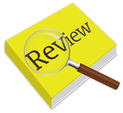
Explore what different Richter scales mean. Use the animated movie below.
Lesson 6-8: Japan 2011 Earthquake
3 Lessons

- Be able to explain what a Tsunami is and how it forms
- To know what happened in the 2011 Japan Earthquake

Your task is to create a PowerPoint presentation on the the 2011 Earthquake.
- Locate it
- When did it happen
- What caused it
- What effects did it have
Lessons 9&10: How to survive an Earthquake

- To be aware of the dangers that Earthquakes pose
- To be able to suggest things we can do to reduce the impact of Earthquakes
- To know of methods of earthquake protection

Using the following PowerPoint, find out how likely you are to survive and earthquake.
| earthquake_survival.pptx | |
| File Size: | 5602 kb |
| File Type: | pptx |

Using the two YouTubes complete the Earthquake survival worksheet. You can also use the PDF for additional information.
|
| ||||||||||||
|
|
|

